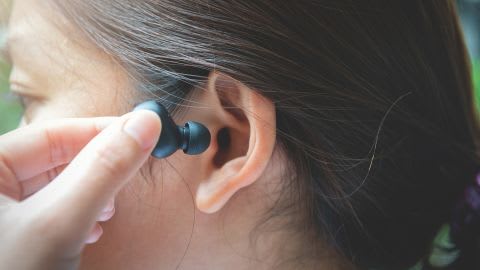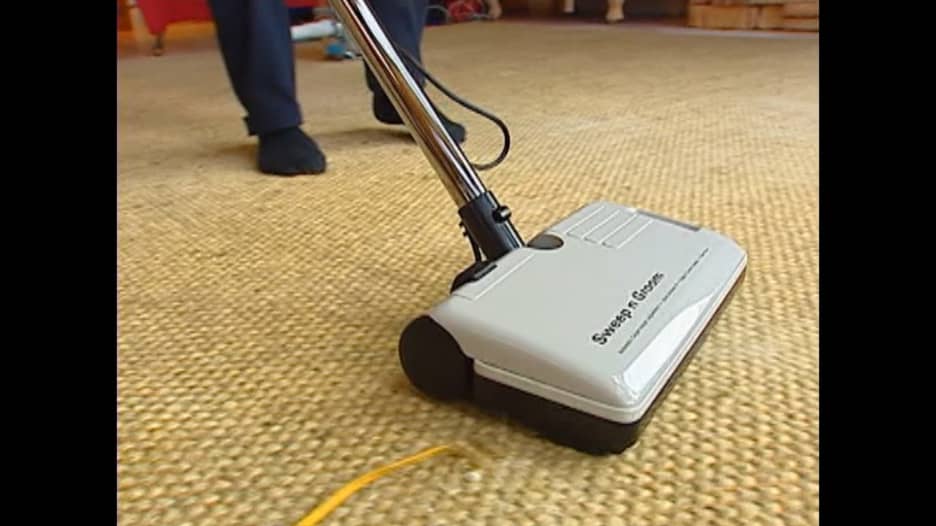دبي، الإمارات العربية المتحدة (CNN) -- يُعد خفض الأصوات الصاخبة بالمنزل مطلبًا أساسيًا للآباء والأمهات، وقد أظهرت دراسة جديدة أنّ ذلك قد يحمي أكثر من مليار شخص يتعرضون لخطر الإصابة بفقدان السمع.
وعندما يتعلّق الأمر بمقاطع الفيديو والموسيقى والأفلام، فمن الشائع أن يستمع المراهقون والشباب لها بصوت مرتفع للغاية ولفترة طويلة، وفقًا لدراسة نُشرت، الثلاثاء، في الدورية العلمية "BMJ Global Health".
وعبر البريد الإلكتروني، أوضحت مؤلفة الدراسة الرئيسية، لورين ديلارد، وهي أيضَا مستشارة لمنظمة الصحة العالمية، وزميلة ما بعد الدكتوراه في الجامعة الطبية في ولاية كارولينا الجنوبية في أمريكا، أنّهم قدّروا أنّ 0.67 إلى 1.35 مليار فرد، تتراوح أعمارهم بين 12 و34 عامًا حول العالم، من المحتمل أن ينخرطوا في ممارسات استماع غير آمنة"، وبالتالي يتعرضون لخطر فقدان السمع.
وشرحت ديلارد أنّ التعرض للصوت بمستوى مرتفع للغاية، يمكن أن يرهق الخلايا والتراكيب الحسية في الأذن.
وإذا استمر ذلك لفترة طويلة، يمكن أن تتضرر الخلايا والتراكيب الحسية في الأذن بشكل دائم، ما يؤدي إلى فقدان السمع، أو طنين الأذن، أو كليهما.
وبحسب الدراسة، أجرى الباحثون تحليلاً إحصائيًا للمقالات العلمية المتعلقة بممارسات الاستماع غير الآمنة التي نُشرت بين عامي 2000 و2021، عبر ثلاث قواعد بيانات.
وتم تتبع ممارسات الاستماع غير الآمنة وفقًا لاستخدام سماعات الرأس وكذلك حضور فعاليات ترفيهية، مثل الحفلات الموسيقية، والذهاب إلى الحانات والنوادي، وفقا لما ذكرته الدراسة.
وتحد المراكز الأمريكية لمكافحة الأمراض والوقاية منها مستويات الضوضاء الآمنة عند حوالي 85 ديسيبل على مدى 40 ساعة في الأسبوع.
وإذا كنت تستمع لمدة ساعتين ونصف الساعة فقط على مدار اليوم، فإن هذا يعادل حوالي 92 ديسيبل، حسبما ذكرته الدراسة.
وقالت ديلارد إنّه لحسن الحظ، يمكن للسياسات والشركات والأفراد وضع تدابير لتشجيع الاستماع الآمن وحماية السمع من الضرر مع مرور الوقت.
من جهته، قال دي ويت سوانبويل، وهو أستاذ علم السمع في جامعة بريتوريا بجنوب أفريقيا، ولم يشارك في الدراسة، إنّ تحليل الدراسة كان صارمًا، والأدلة مقنعة لتجعل فقدان السمع من أولويات الصحة العامة.
وأضاف سوانبويل، وهو رئيس تحرير المجلة الدولية لعلم السمع: "الموسيقى تُعد بمثابة هدية يجب الاستمتاع بها مدى الحياة، والرسالة تتمثل في الاستمتاع بالموسيقى، ولكن بأمان".
ماذا تفعل بجهازك؟
وسواء كنت تستمع إلى جهازك الخاص أو تحضر حفلة موسيقية، فقد حذّرت ديلارد من أن رنين الأذنين يُعد مؤشرًا جيدًا على أن الموسيقى كانت مرتفعة للغاية.
ومع ذلك، هناك طرق لمنع الضرر قبل ملاحظة التأثيرات.
وأشارت إلى أن بعض الأجهزة تسمح للأشخاص بمراقبة مستويات الاستماع الخاصة بهم من خلال خاصية إعدادات الجهاز، حتى أنّ بعضها سيقوم بتنبيهك عندما تستمع بصوت مرتفع لفترة طويلة.
وقالت ديلارد عبر البريد الإلكتروني: "إذا حذّرك جهازك من أنك تستمع بمستويات غير آمنة، فقم بخفض مستوى الصوت، واستمع إلى الموسيقى لفترات زمنية أقصر".
ورغم أن الخبراء لا يمكنهم تحديد بشكل قاطع أي نوع من السمّاعات هي الأكثر أمانًا للاستماع، فقد أوصت ديلارد باستخدام تلك التي تقلل ضوضاء الخلفية، ما قد يساعد في الحفاظ على مستوى الصوت عند مستويات منخفضة نظرًا لأنك لست بحاجة إلى التخلص من الضوضاء من حولك.
ومع ذلك لا يمكنك التحكم دومًا في مستوى الصوت، وإذا كنت تحضر حفلًا موسيقيًا أو تواجدت بمكان صاخب، فيمكنك حماية سمعك من خلال الوقوف بعيدًا عن مكبرات الصوت، وأخذ فترات راحة بعيدًا عن الضوضاء، إن أمكن، حسبما ذكرته ديلارد.
وأضافت أن استخدام بعض وسائل حماية الأذن قد تكون مفيدة، مثل وضع سدّادات الأذن الرغوية.
وقال سوانبويل في رسالة عبر البريد الإلكتروني: "السمع هو الإحساس الذي يربطنا بالأشخاص الذين نحبهم".
وتابع: "العناية بسمعنا تُعد مفتاح الحفاظ على العلاقات صحية، والصحة العامة، والرفاهية".
وأضاف: "تعتبر الوقاية الأولية عند البالغين في عمر مبكّر أمرًا بالغ الأهمية لتجنب الإصابة المبكرة بفقدان السمع المرتبط بالعمر".






